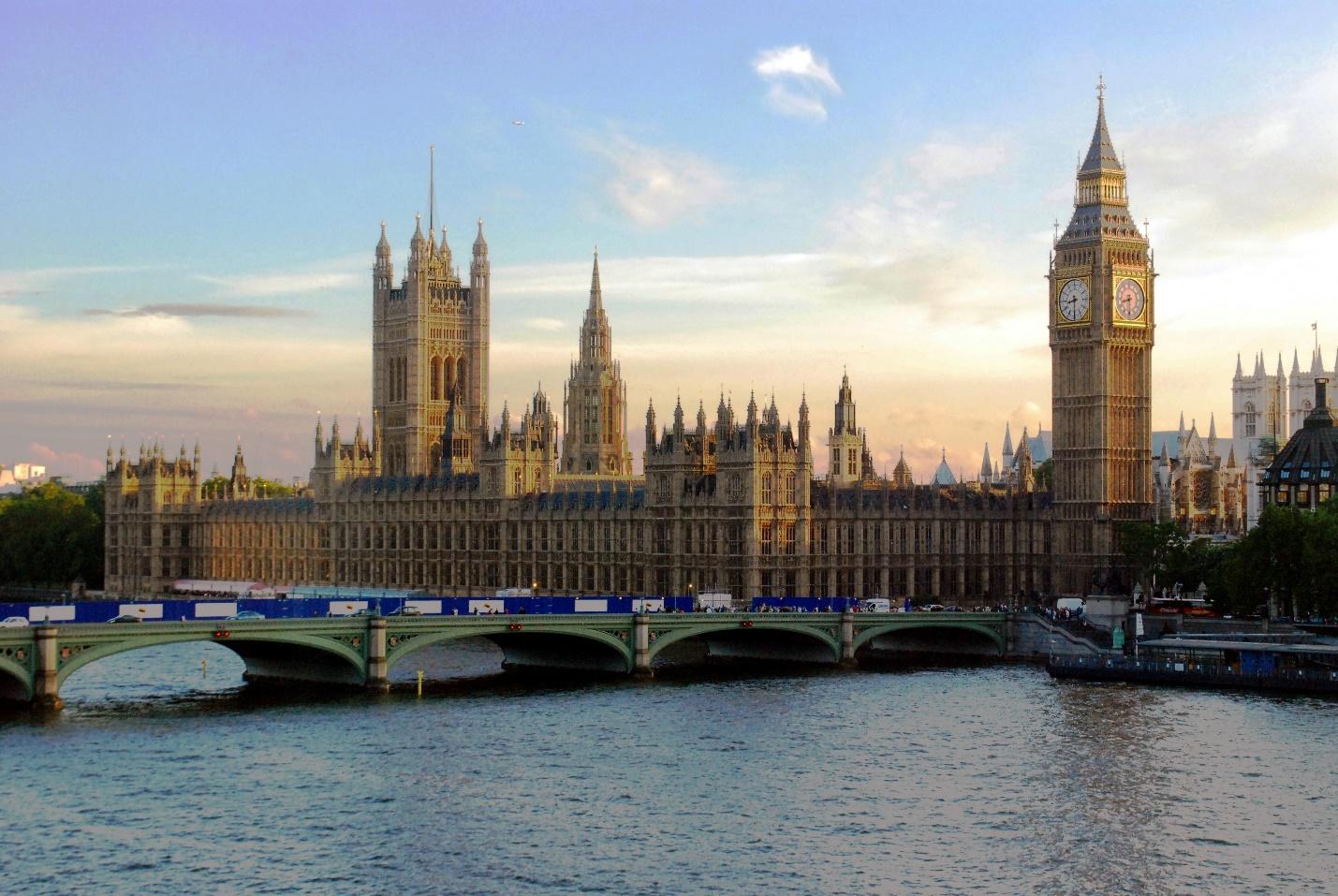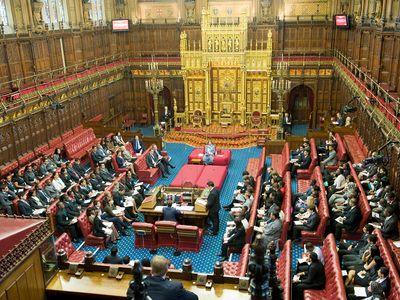Human invention is a timeless process. However, not all new technology is always superior, and not all outdated technology is new. In reality, many of humanity’s very first discoveries are still in use today. Pointy objects, fire, walls, clothing covering our bare bodies, drinking cups, cutting implements, and levers are just a few examples of “technical advancements” that haven’t changed much since their conception.
However, the majority of you could logically create lists of that nature. So let’s look at some of the older, less well-known technologies still in use today at the House of Lords.

Palace of Westminster; Source: https://en.wikipedia.org/wiki/Palace_of_Westminster
1: Coding machine
The House of Lords was home to the oldest technology still in operation: assembly language code, a 56-year-old computer language. The paper points out that the code is challenging to write and maintain. Everybody’s Individual Master File, which serves as the data source for taxes, refunds, and other updates, is maintained using it. And there is no reliable replacement strategy.
2: Front of the House of Lords
Sir Charles Barry, an architect, created the current Palace of Westminster, constructed in the perpendicular Gothic architectural style. After a fire destroyed the Houses of Parliament in 1834, work on the new palace started in 1840. In 1987, the Grade I listed structure was included in the UNESCO World Heritage Sites list.

House of Lords; Source: https://www.britannica.com/topic/House-of-Lords
3: Elizabeth Tower
The Victoria Tower dominates the 300-meter-long Palace of Westminster’s southern end. The most recent tower was rebuilt during the May 1860 fire. It is two meters taller than Big Ben at 98.5 meters in height.
The Parliamentary Archives are kept in particular climate-controlled settings on the tower’s 12 storeys. The general public can use these for academic, commercial, and educational research. The tower’s entrances had to be broad enough for royal coaches for the State Opening. The Sovereign’s Entrance, which leads to the Royal Staircase and Norman Porch where she begins her processions through the building, is where the Queen usually enters. In the years 1990–1994, the tower underwent restoration.
4: The throne’s construction
On a high platform, the regal throne lies at the far end of the room. The Westminster Abbey coronation chair inspired this elaborate, golden object from the fourteenth century for its design. At the State Opening of Parliament, the Queen gives her “speech from the throne” in the chamber. Members enter one of the two division (voting) lobbies to cast their votes on proposed legislation. The “content” and “not content” lobbies are on either side of the chamber.
5: Royal Chamber
The Prince’s Chamber was named in honor of a previous chamber that burned to the ground in 1834. Members congregate here to discuss business because it directly accesses the Lord’s chamber. Augustus Welby Pugin created the Prince’s Chamber’s interior.
